In this article, we will discuss the contribution
of 10 Scientists in the NCERT book of Class 10. Here you will find the
answer to the question- Write
the contribution of any 10 scientists in the NCERT book of Class 10.
Contribution of any 10 Scientists in NCERT book of Class 10
In this article, we will discuss only the contribution of 10 scientists given in the NCERT book of class 10.
1. Johann Wolfgang Dobereiner
2. John Alexander Reina Newlands
3. Dmitri Ivanovich Mendeleev
4. Henery Gwyn Jeffreys Moseley
5. Gregor John Mendel
6.Charles Darwin
7.J.B.S. Halden
8.Michael Faraday
9.Hans Christian Orested
10.John Ambrose Fleming
Now we will discuss the contribution of these
scientists with their introduction.
|
S.N. |
Table of contents |
|
1 |
|
|
2 |
|
|
3 |
|
|
4 |
|
|
5 |
|
|
6 |
|
|
7 |
|
|
8 |
|
|
9 |
|
|
10 |
1. Johann Wolfgang Dobereiner
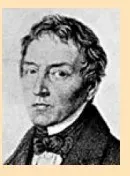 |
Birth – Dec.13,1780
Death – March 24,1849
Country-
Germany
Introduction & Contribution
· Dobereiner was a chemist.
· He studied as a pharmacist in Germany.
· He also studied chemistry at Strasbourg.
· He became a professor of chemistry and pharmacy at the University of Jena.
· He made the first observation on platinum as a catalyst.
· He tried to arrange the elements with similar properties into groups.
· He made some groups with three elements. He called these groups ‘triads’.
· He arranged three elements in the increasing order of atomic masses.
· He found the atomic mass of the middle element was nearly the average of the atomic masses of the other two elements.
2. John Alexander Reina Newlands
Born – Nov. 26,1837
Died – July 29, 1898
Country -
London(England)
Introduction & Contribution
·
He was an English chemist.
·
He also worked on the properties of elements.
·
He arranged elements in the order of increasing
atomic masses.
·
He started with Hydrogen (lowest atomic mass) and
ended with Thorium.
·
In the table, he found that every 8th
element had properties similar to the 1st.
·
He compared it with the octaves of music and he
gave the ‘law of octaves.
3. Dmitri
Ivanovich Mendeleev
Born – Feb. 8,
1834
Died – Feb 2, 1907
Country – Tobolsk,
Western Siberia (Russia)
Introduction & Contribution
· He examined the relationship between the atomic masses and the physical and chemical properties of elements.
· 63 elements were known when he started work.
· He created a Periodic Table and arranged elements on the basis of increasing order of atomic masses.
· He treated the formulae of the hydrides and oxides formed by elements as a ‘basic property
· He propounded a periodic law – ‘The properties of elements are the periodic function of their atomic masses.’
· His contribution was appreciated.
4. Henery Gwyn Jeffreys Moseley
Born -Nov. 23,1887
Died – Aug. 10 1915
Country - England
Introduction & Contribution
·
He was an English physicist.
·
His contribution to the chemical concept of atomic
numbers lead to the Modern Periodic table.
·
He considered ‘atomic number’ as a fundamental
property of an element.
·
He and his fellows arranged the elements on the
basis of increasing order of atomic number.
·
Modern periodic table was prepared on the basis of
atomic numbers.
·
Modern Periodic law- Properties of elements are a periodic function of their atomic number.
5. Gregor John Mendel
Born- July 20,1822
Died – Jan 6, 1884
Country – Austria
Introduction & Contribution
·
He is known as ‘The father of genetics’
because of his contribution to the field of genetics.
·
He was a meteorologist, biologist, and mathematician.
·
He performed Cross-Pollination experiment (Hybridisation)
on the Pea plant (Pisum sativum).
·
He found 34 contrasting characters in the garden
pea plant.
·
He selected 7 characters out of 34 for his
experiments.
·
He performed Monohybrid cross and dihybrid
cross experiments.
·
He propounded ‘laws of inheritance.’
·
He expressed ‘Dominant traits’ and ‘ Recessive traits’
·
laws of inheritance were based on Monohybrid cross –(i)
Law of dominance (ii) Law of segregation or purity of gametes
·
Laws of inheritance based on Dihybrid cross- Law of independent assortment.
6. Charles Darwin
Born- Feb. 12, 1809
Died – April 19,1882
Country – England
Introduction & Contribution
·
Charles Darwin was an English naturalist and known as the ‘ father of evolution’.
·
He collected observations on the relationship between
present species of living beings and species that existed millions of years ago. Some
of them have become extinct.
·
His theory of natural selection gave an explanation
of the formation of new species.
·
In his theory of natural selection, he explained
that various species originated from a single species as a process of
adaptation to the changing environment.
·
He published his theory of evolution in a book
named ‘Origin of species’. He told that all species of life have descended from
common ancestors.
7. J.B.S. Halden
Born – Nov. 5, 1892
Died – Dec. 1, 1964
Country – Oxfordshire England
Introduction & Contribution
·
He was a British geneticist, psychologist, and biometrician.
·
He became a citizen of India.
·
He suggested that life must have developed from simple
inorganic molecules present on the earth when it was formed.
·
He prescribed that the conditions on the earth were
not the same as we see today.
·
He stated that complex organic molecules were from
inorganic molecules and further the first primitive organisms would arise from
chemical synthesis.
8. Michael Faraday
Born – Sept. 22,1791
Died – Aug. 25, 1876
Country – Middlesex , England
Introduction & Contribution
·
He was an experimental physicist.
·
He made discoveries of electromagnetic induction
and the laws of electrolysis, diamagnetism.
·
He invented electromagnetic rotatory devices which
formed the foundation of electric motor.
·
Electromagnetic induction – The process by which a changing
magnetic field in a conductor induces a current in another conductor is called
electromagnetic induction.
9. Hans Christian Orested
Born – Aug. 14, 1777
Died- March 9,1851
Country – Denmark – Norway
Introduction & Contribution
·
He was a famous physicist.
·
He discovered
that a compass needle get deflected when an electric current passed through a wire
placed nearby.
·
He established the relation between electricity and
magnetism on the observation.
·
His research became the basis of technologies like
radio, television, and fiber optics.
10. John Ambrose Fleming
Born – Nov.28, 1849
Died – April 18,1945
Country – England
Introduction & Contribution
·
He was an English electrical engineer and
physicist.
·
He invented the first thermionic valve or vacuum
tube, radio transmitter.
·
He established –(i) Left-Hand Rule and (ii) Right-Hand
Rule
· Left Hand Rule- According to this rule, when thumb, forefinger, and middle finger of the left
hand are stretched so that they are perpendicular to each other, the forefinger
points in the direction of the magnetic field and the middle finger in the direction of
current then the thumb will point in the direction of motion or the force
acting on the conductor.
·Right Hand Rule – According to this rule, when the thumb, forefinger, and middle finger of the right
hand are stretched so that they are perpendicular to each other if the
forefinger indicates the direction of the magnetic field and the thumb shows the
direction of motion of conductor then the middle finger will show he direction
of induced current. So this rule is used
to find the direction of induced current.
So this is a brief
article about the contribution of 10
Scientists in the NCERT book of Class 10.

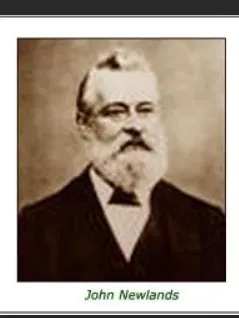
.webp)
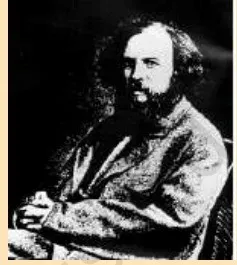
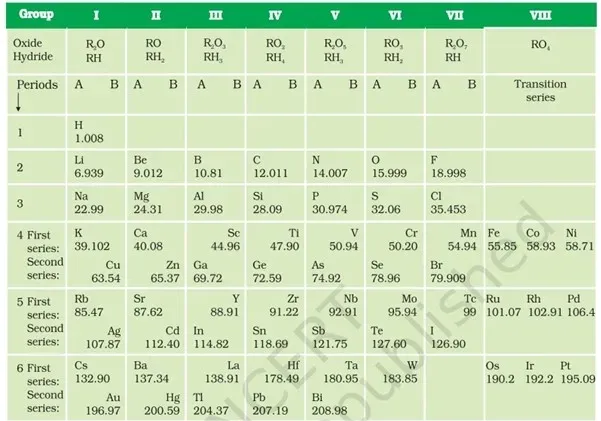

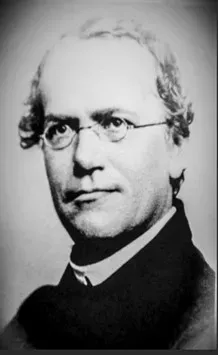


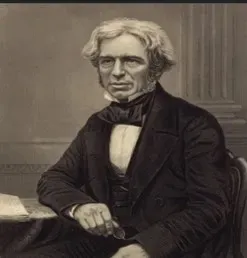



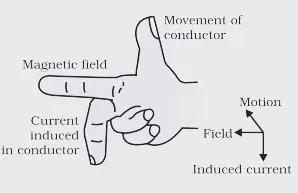


.webp)
